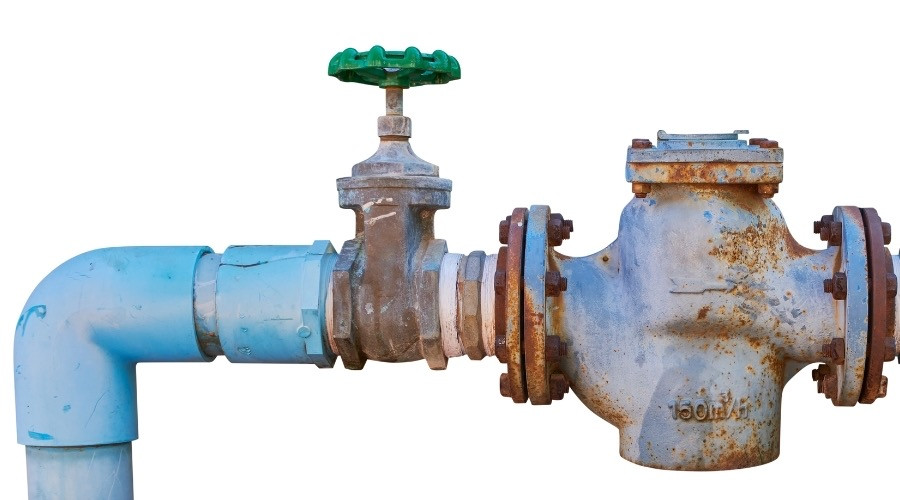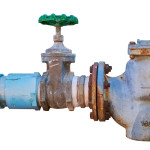What Happens During Backflow?
Keeping treated water potable as it flows through piping is a bigger job than most people realize. In most cases, water must flow through miles and miles of piping after it leaves the treatment facility before it comes out of a tap at home. This journey may take days, and along the way, the water passes by every other customer. If a problem occurs, the water could become contaminated and hazardous.
Various mechanisms are in place to prevent treated water from becoming contaminated along the journey home. One of these is a device called a backflow preventer. Treated water should only ever flow in one way through piping, from the source to the point of use.
If the flow is reversed, the condition is called backflow. Backflow creates negative pressure in piping, similar to a siphon. When siphoning occurs due to backflow, open valves or fixtures will pull fluid into the freshwater piping.
Dangers of Backflow
 If backflow were to occur at a sink used at the time, the consequences wouldn’t be dire. Air would end up inside the pipe, and it would be purged once normal pressure was restored. The major problem in homes occurs with hoses and irrigation systems allowing contaminated groundwater to be pulled backward into a home's plumbing. For this reason, most hose bibs require vacuum breakers to be installed. Additionally, backflow preventers are a part of most irrigation systems.
If backflow were to occur at a sink used at the time, the consequences wouldn’t be dire. Air would end up inside the pipe, and it would be purged once normal pressure was restored. The major problem in homes occurs with hoses and irrigation systems allowing contaminated groundwater to be pulled backward into a home's plumbing. For this reason, most hose bibs require vacuum breakers to be installed. Additionally, backflow preventers are a part of most irrigation systems.
The major concern with backflow is with commercial customers. If backflow occurs in industrial areas, dangerous substances can be pulled into the water supply. The only remedy for this problem, whether in a home or on the water grid, is to purge the system. Unfortunately, this wastes massive amounts of treated water and is costly.
Preventing Backflow
 Preventing backflow is key to protecting freshwater supplies. Backflow preventers are special devices that mechanically prevent water from flowing backward when a change in pressure occurs, similar to a check valve. The main difference between a check valve and a backflow preventer is that backflow preventers are much more sensitive, completely isolating sections of water piping. Backflow preventers do this by raising the pressure of incoming water. If the pressure drops, the check valve immediately closes so no contaminants make it through.
Preventing backflow is key to protecting freshwater supplies. Backflow preventers are special devices that mechanically prevent water from flowing backward when a change in pressure occurs, similar to a check valve. The main difference between a check valve and a backflow preventer is that backflow preventers are much more sensitive, completely isolating sections of water piping. Backflow preventers do this by raising the pressure of incoming water. If the pressure drops, the check valve immediately closes so no contaminants make it through.
Testing Backflow Devices
Professionals perform backflow testing to ensure they are always working. During a test, the plumber checks the pressure in each backflow preventer valve. When one chamber is released, simulating siphoning, the device closes immediately. If deficiencies are found, most repairs can be made quickly.
Most commercial backflow preventers should be tested annually. If backflow preventers are present in a home, owners should contact local authorities to determine if testing is needed. Owners can prevent major public health problems and keep their community members and families safe by ensuring backflow preventers are working properly.
About Plumb Perfect Plumbing
Plumb Perfect Plumbing provides backflow services in the local community, including backflow testing and certification. They also handle plumbing repairs and installations. Call today for backflow testing and repair in Fredericksburg, VA.



